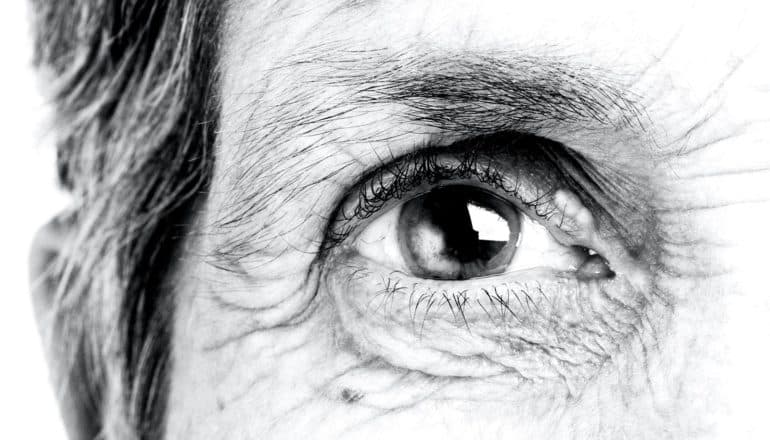
After an occipital stroke, it may be possible for patients to recover more of their vision than previously known, researchers report.
A person who has a stroke that causes vision loss often hears that nothing can improve or regain the lost vision. But the new research suggests that’s not the case.
The researchers found that survivors of occipital strokes—strokes that occur in the occipital lobe of the brain and affect the ability to see—may retain some visual capabilities immediately after the stroke, but these abilities diminish and eventually disappear permanently after approximately six months.
By capitalizing on this initial preserved vision, early vision training interventions can help stroke patients recover more of their vision loss than if training is administered after six months.
“One of our key findings, which has never been reported before, is that an occipital stroke that damages the visual cortex causes gradual degeneration of visual structures all the way back to the eyes,” says Krystel Huxlin, professor in ophthalmology at the University of Rochester’s Flaum Eye Institute.
The researchers also discovered that early intervention in the form of visual training appears to stop the gradual loss of visual processing that stroke victims may experience.
Vision stroke rehabilitation remains a developing field, and previous studies and trials of experimental therapies have focused on patients with chronic vision loss—that is, patients who are more than six months post-stroke.
“Right now, the ‘standard of care’ for vision stroke patients is that they don’t receive any targeted therapy to restore vision,” says Elizabeth Saionz, a PhD candidate in Huxlin’s lab and first author of the paper, published in Brain.
“They might be offered therapy to help maximize use of their remaining vision or learn how to navigate the world with their new limited vision, but there are no treatments offered that can give them back any of the vision that they lost.”
The new study compared chronic patients—those who were more than six-months post-stroke—with early subacute patients, who started training within the first three months after their stroke.
The researchers trained both groups of stroke patients using a computer-based device Huxlin developed. The training is a form of physical therapy for the visual system and involves a set of exercises that stimulates undamaged portions of the visual cortical system to use visual information.
With repeated stimulation, these undamaged parts of the brain can learn to more effectively process visual information not filtered by the damaged primary visual cortex, partially restoring conscious visual sensations.
The researchers discovered that the subacute patients who underwent such vision training recovered global motion discrimination—the ability to determine the direction of motion in a noisy environment—as well as luminance detection—the ability to detect a spot of light—faster and much more efficiently than the chronic patients.
Overall, the group’s findings suggest that individuals may maintain visual abilities early after a stroke, indicating they have preserved some sensory information processing that may temporarily circumvent the permanently damaged regions of the brain. Early visual training may therefore be critical both to prevent vision from degrading and to enhance restoration of any preserved perceptual abilities.
“For the first time, we can now conclusively say that just as for sensorimotor stroke, ‘time is vision’ after an occipital stroke,” Huxlin says.
Source: University of Rochester
The post Speedy action can save vision after an occipital stroke appeared first on Futurity.
from Futurity https://ift.tt/2M5W7rN
No comments:
Post a Comment